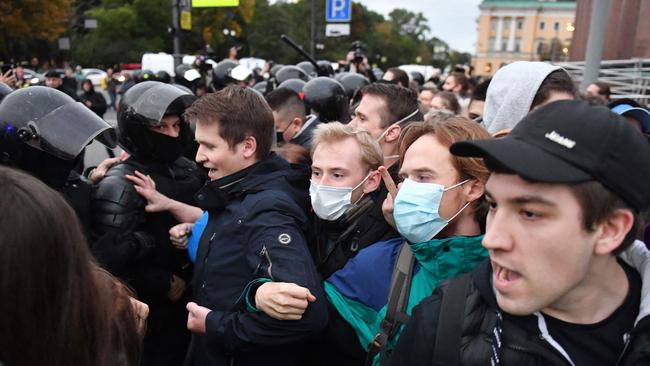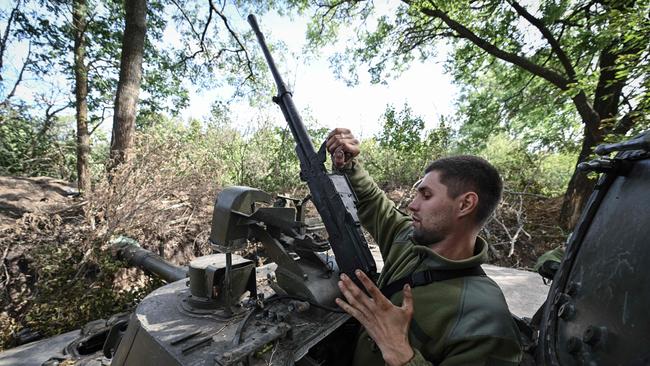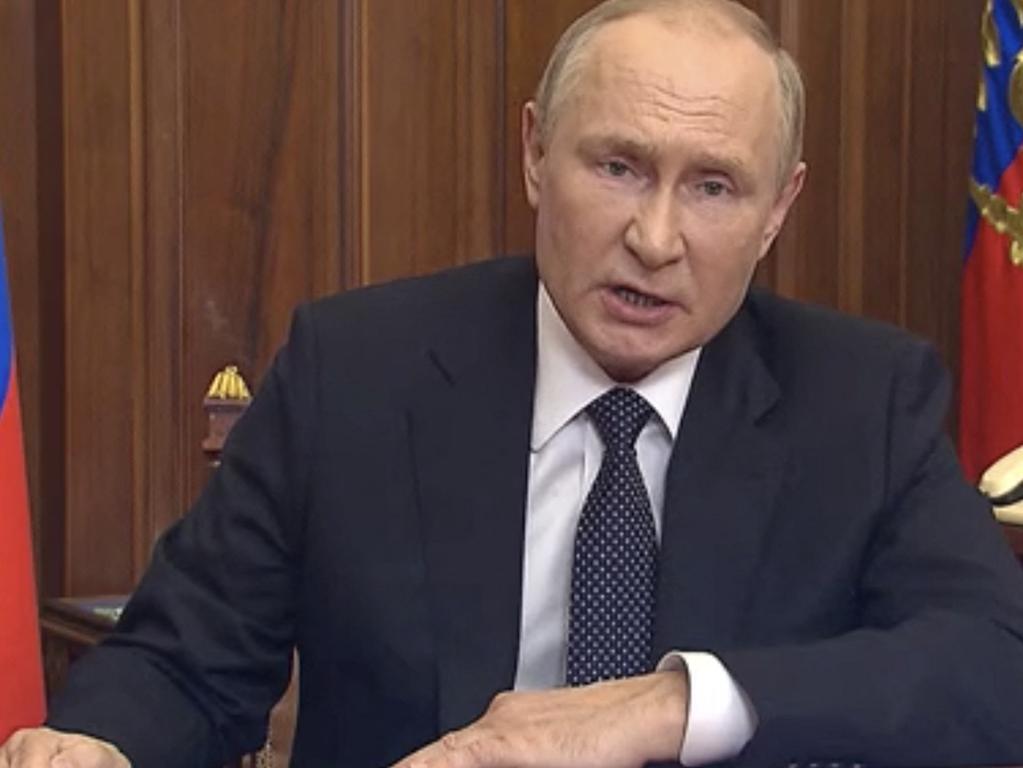300,000 more soldiers are unlikely to give Kremlin breakthrough
While the order appears to apply only to those with military experience, experts believe that it will take months, not weeks, for such numbers to be ready to fight.
Even if they can deploy sooner, the announcement fails to solve the short-term problems Russia faces on the battlefield in Ukraine, analysts say.
General Sir Richard Barrons, former head of the UK forces command, said: “If you look at an army as a combination of people, equipment, training and support, calling up 300,000 more troops does not give you any more equipment or ammunition or mean they are any better trained.”
He said Russian soldiers with low morale had already “cut and run” from a stalled invasion and Ukraine’s recent sweeping gains across the northeast of the country. “I don’t think another 300,000 are going to feel any different,” he said.

One Ukrainian military source said he was unfazed by the announcement, saying: “I don’t think it will help them take more territory. They will all die or surrender.”
Although the reservists are meant to have military experience, they will still require refresher training.
Mattia Nelles, a political analyst focused on Ukraine, doubts whether there are 300,000 men with military experience left in Russia. Even if there are, he said that integrating them into the force would be difficult.
“You have to train them in Russia and then you could run into problems, because Russia increasingly relies on sending trainers to the front lines,” he said. “They are already cannibalising their current force structures.”
As part of the new call-up, Russia is hoping to add those with specialist skills to a fighting force that western analysts consider to have been heavily depleted by seven months of war. Analysts believe there are between 150,000 and 190,000 Russian troops in Ukraine, although there are no official figures. The Russian death toll is likely to be nearly three times higher than the almost 6000 fatalities admitted by Sergei Shoigu, the Russian defence minister.
Mr Nelles says many specialists, such as pilots, would already have been incentivised to serve. Instead, he believes that most of the new troops will be deployed into mechanised brigades or as infantry. “The fear in Russia is that if training is poor they will just be cannon fodder,” he said.
Professor Mark Galeotti, associate fellow with the Council on Geostrategy think tank, says the Russian military could absorb more than 100,000 to 150,000 troops at the very most, and even then such a boost would take up to three months. Most would be armed with kit from the 1970s or 1980s.
The Russian army is no longer geared for mass mobilisation, he said, as he questioned which units they would be assigned to. They would also have to be given housing as they cannot survive in tents all winter, he added. Otherwise Russia is relying on existing soldiers and mercenaries serving in Ukraine on short-term contracts to extend their tours. The Ukrainians have relied heavily on their reserve forces in recent weeks, although it is unclear how many they have committed to the fight so far. Barrons believes that the 300,000 soldiers sought by Putin is slightly fewer than the number the Ukrainians would like to train. Yet neither side has the weapons and logistics to build, train and sustain a bigger army, with Ukraine relying on training from allies including Britain. British troops are currently training 10,000 Ukrainian soldiers every 120 days.

Despite the pitfalls, General Barrons said that any additional Russian recruits could be useful once they are trained to fill gaps either at the front or to release frontline troops from security tasks at the rear.
“They can also be created into new fighting formations,” he said. “You’ve got a lot of scope, but to do all of that well will take months. We are looking at mid-winter onwards.”
If the Russian recruits are properly trained and equipped it would make the challenge for the Ukrainians harder, he said, but the chances of that being the case are small. However, he added: “As long as the West supplies military support quickly enough, the edge will still be with the Ukrainians on the battlefield.”
The Times






President Vladimir Putin’s decision to call up as many as 300,000 reservists is the first time Russia has announced such a mobilisation since World War II.